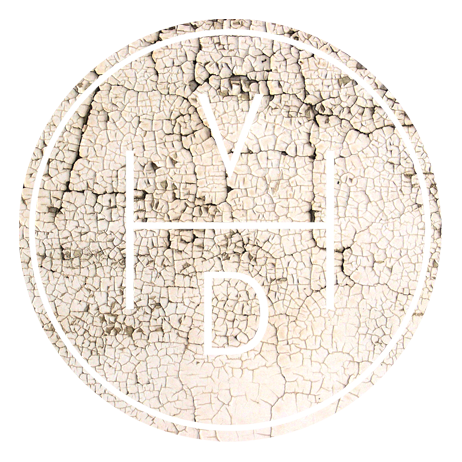The Leatherman
This is one of those great stories, a piece of American folklore that intrigues and mystifies. It is a tale about a mysterious character called "The Leatherman" – a man who roamed the countryside in the mid 1800s. He wore a homemade suit constructed from the leather uppers of old boots with a matching leather hat and scarf, he rarely spoke but when when he did French appeared to be his first language. He spent a great many years traveling around New York, Massachusetts and Vermont before settling into a 365 mile loop around Connecticut and the Hudson River, which he completed every 34 days like clockwork. The Leatherman slept in caves where he stored supplies. He grew plants around his caves, foraged and picked up any supplies he needed from the towns along the way. His strict routine and odd look made him a familiar face along his route; newspapers even commented on his comings and goings. People were not afraid of The Leatherman and offered him aid where they could (although he never asked for it) and he came and went as his schedule dictated.
The Leatherman walked this same route for 6 years until he passed away on March 20, 1889 in Mt. Pleasant, New York. It is believed that he died from cancer and there are stories of him escaping forced hospitalization in order to return to his routine. He was such a well known character even the New York Times documented (rather imaginatively) his passing.
His body was buried in Sparta Cemetery on Route 9 in Scarborough, New York. The headstone read "FINAL RESTING PLACE OFJules Bourglay OF LYONS, FRANCE "THE LEATHER MAN" who regularly walked a 365 mile route through Westchester and Connecticut from the Connecticut River to the Hudson living in caves in the years 1858–1889." However, much of this epitaph was misinformed. His name was often reported as Jules Bourglay, but this and his apparent French origins we're based on an article written by the Waterbury Daily American in 1884,an article which they retracted.
In October 2010, the Westchester County Supreme Court granted permission to the Ossining Historical Society to exhume the Leatherman's body. They had controversially petitioned to get the Leatherman moved to "a safer and more dignified setting". They also planned to test the DNA of any remains found. However, the tale of The Leatherman took a final twist. When the grave was uncovered, all that was found was dirt and a few nails, no human remains. Nonetheless, the contents of the original grave were moved to the new site and a proper burial took place. The new resting place is marked by a headstone that simply says "The Leatherman."
So what is it about this story that people love? There is often a certain romance that comes with the story of a lone wanderer, a person striking out on their own in to the wilderness. But for me it's the mystique, who was the Leatherman? why did he choose walk that specific route? The lack of hard facts allows your imagination to take over. Was he a lonely, heart-broken soul. Was he just a very private person who loved the outdoors. There is so much that will never be answered, and so much for our minds to fill in, thus creating our own vision of what and who The Leatherman was.
I have been trying to write this article for about three months, trying to separate the fanciful from the factual. I've done my best to present The Leatherman in his true form but if I have missed anything please let me know.














